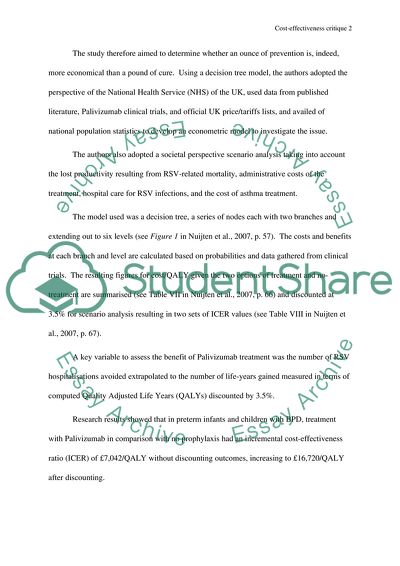Cite this document
(Analysis of the article by Nuijten on the Cost-Effectiveness of a Assignment, n.d.)
Analysis of the article by Nuijten on the Cost-Effectiveness of a Assignment. Retrieved from https://studentshare.org/health-sciences-medicine/1711431-critical-review-for-report-shows-a-model-to-consider-the-cost-effectiveness-of-a-disease
Analysis of the article by Nuijten on the Cost-Effectiveness of a Assignment. Retrieved from https://studentshare.org/health-sciences-medicine/1711431-critical-review-for-report-shows-a-model-to-consider-the-cost-effectiveness-of-a-disease
(Analysis of the Article by Nuijten on the Cost-Effectiveness of a Assignment)
Analysis of the Article by Nuijten on the Cost-Effectiveness of a Assignment. https://studentshare.org/health-sciences-medicine/1711431-critical-review-for-report-shows-a-model-to-consider-the-cost-effectiveness-of-a-disease.
Analysis of the Article by Nuijten on the Cost-Effectiveness of a Assignment. https://studentshare.org/health-sciences-medicine/1711431-critical-review-for-report-shows-a-model-to-consider-the-cost-effectiveness-of-a-disease.
“Analysis of the Article by Nuijten on the Cost-Effectiveness of a Assignment”, n.d. https://studentshare.org/health-sciences-medicine/1711431-critical-review-for-report-shows-a-model-to-consider-the-cost-effectiveness-of-a-disease.


